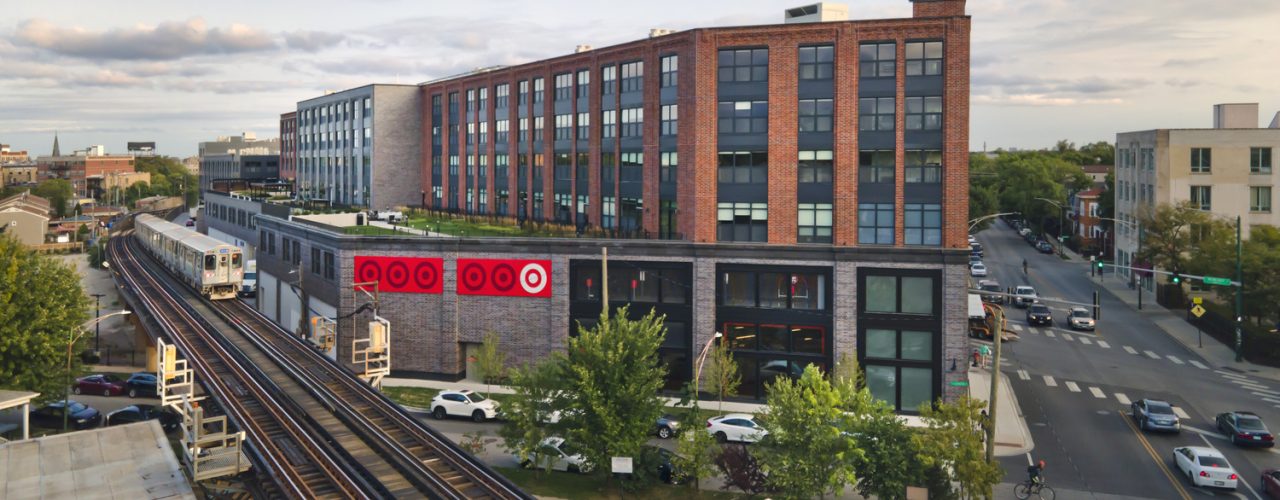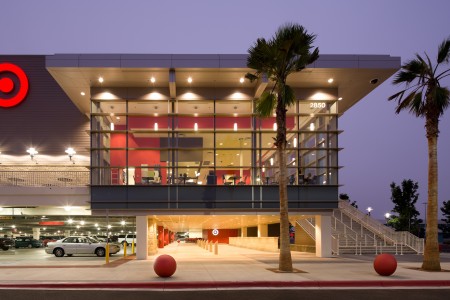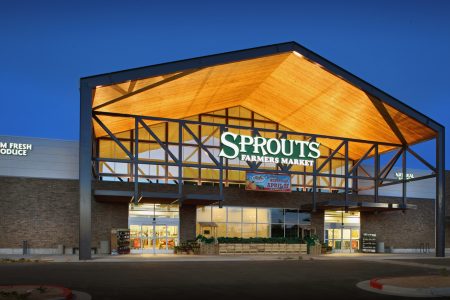Grocery Stores, Community and the Future of Shopping

RSP’s Thom Lasley says grocery stores may just hold the key to the future of retail.
Grocery stores are fascinating. I know not everyone sees it that way but hear me out—I think the way grocery stores have responded to change in consumer behavior and the events of the last few years could light the path for other types of retailers for the next decade.
One of the reasons that I know this is that our team has spent a good part of the last 20 years working for grocers and grocery-led retailers—we know the industry from the inside out. We understand the operational efficiencies driving the business, what materials will stand up to the abuse of shopping carts, which lighting will make products look great and save energy, how important brand protection and awareness are to all our clients, and the complete testing and roll-out process. We really have seen it all. The good. And the bad.
But what has impressed us most, amid the so-called “retail apocalypse,” grocery stores have risen to the occasion and reinvented themselves in ways that other retailers have not. That agility—the ability to pivot and to strengthen the consumer relationship in the face of adversity—is not just admirable; it’s exactly what the world needs now.
BRAND AND COMMUNITY
At their best, grocery stores can be an intrinsic part of the community, not just as physical spaces that provide our basic needs, but as full-fledged partners in community well-being. As just one example, here in Texas, H-E-B took on a crucial logistical role during the pandemic. And during the recent power crisis, they lived up to their brand of doing the right thing for the community by giving away food when the electricity went out. Those are the kinds of real-life touchpoints that people don’t soon forget. Yes, it builds a strong brand, but that’s because it builds a following of loyal customers and makes the whole community stronger. It’s a model that any retailer should follow. It helps that it’s also the right thing to do.
ADAPTING TO TRENDS WITH LIGHTNING SPEED
Like all other types of retailers, grocery stores are always looking to enhance the consumer experience. The difference is that they seem to do it more quickly. In the early days of the pandemic, grocery stores figured out how to keep employees and shoppers safe and quickly expanded delivery and curbside pick-up on a huge scale. Typically, it takes retailers months or even years to transition to a new logistical model, but many grocery stores did it in a matter of weeks.
Now in this case, certainly necessity was the mother of invention. But looking to the future, that kind of openness to technology and new ideas will serve them well. As self-service checkout gives way to an Amazon Go model and RFID tags that allow shoppers to pay automatically without standing in line, grocery stores will, of course, have to deal with the cost, both financial and social, of adapting to it. But an agile, open approach to the latest consumer trends is what every retailer needs in 2021.
This is all to say nothing of the most important trend of all to grocery stores—food. Grocers in every market sector are constantly on the hunt for the latest, greatest foods, products and experiences. For our clients, that has translated into food halls within stores that celebrate freshness and local sourcing, in-store dining and demonstrations, more gourmet products and a new understanding of visual merchandising and design that we wouldn’t have dreamed of in a supermarket even ten years ago. For non-grocery retailers, quickly and frequently reinventing themselves through design and merchandising can keep customers coming back again and again.
SOLUTIONS FOR SUSTAINABILITY AND EQUITY
Too many people in urban areas across the United States live in food deserts. This is a complex and systemic problem, but one of the many reasons food deserts exist is that it is difficult to get a traditional, large-format grocery store in a dense urban context. Between zoning restrictions, the store itself and the logistics/delivery requirements, it has historically been difficult to get grocery stores in city centers. Well, times are changing. More and more brands are rolling out smaller formats designed specifically for cities and we are helping them with these complex urban stores. We’re putting housing on top, parking above and below, and designing the stores to fit right into the city.
As we all move toward more sustainable living, grocery stores are listening. We have LEED-certified stores with lots of daylighting. We may even start to see rooftop farms and vertical hydroponic gardens that can grow acres of food right within the store’s footprint. That innovation alone could begin to alleviate the impact of food deserts.
THE CHECK-OUT
An openness to technology, adapting quickly, a focus on EDI, bettering the community and ever-increasing design standards are what all retailers should be thinking about. It just so happens that grocery stores showed us in 2020 that they can do it better and faster than other sectors. Retailers across categories—businesses in general—should take note.




